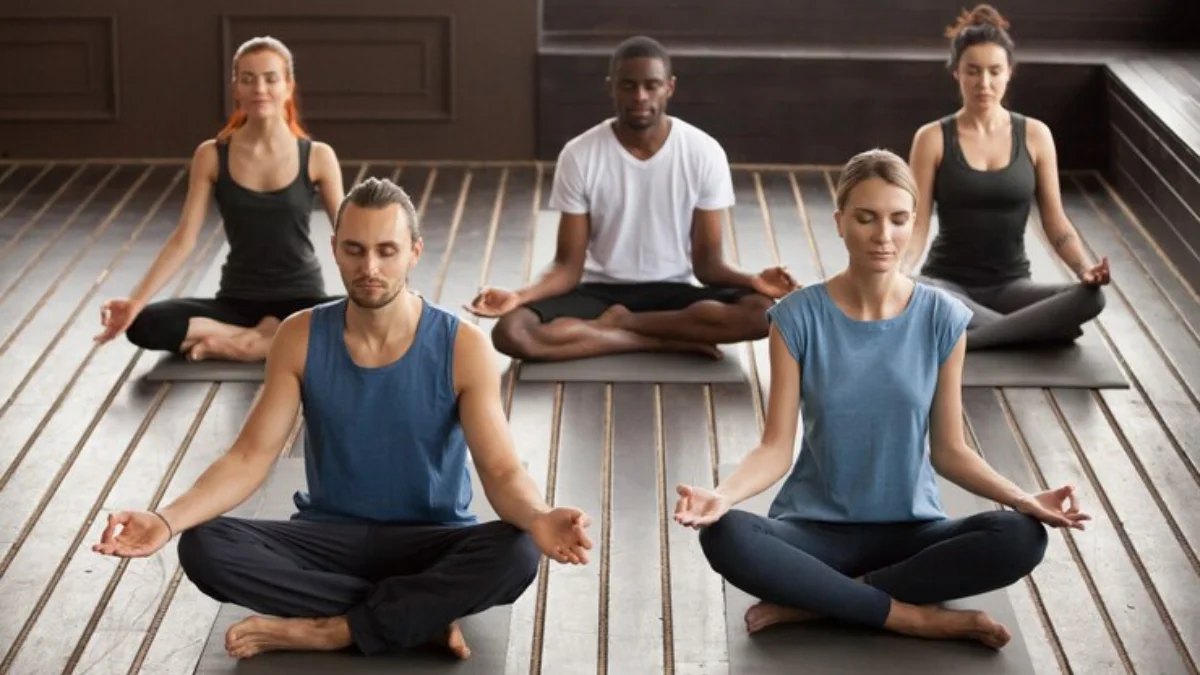TIPS
Is It Ok To Do Yoga Twice A Day?

If you have already been practicing yoga on a regular basis, like once a day or once the other day, it is ok to practice yoga twice a day to multiply its benefits. If you are experiencing fatigue, intense emotional release, cold-like symptoms or anything else making you feel not right, that is the point to stop adding a yoga session.
Table of Contents
How to do yoga twice a day?
1. Separate two yoga sessions, give your body time to recover and get prepared for the next
By doing yoga twice a day, it is important to leave enough time for recovery. Separate yoga sessions into morning and evening allows for increased daily energy expenditure, enhances your mood, improves breathing capacity and reduces stress. It is highly recommended to do so.
2. Pair different types of yoga practices
Pair different types of yoga practices based on personal preference is a wise way to benefits from doing yoga twice a day while enjoying the essence of doing yoga. For many yogis, kick off morning exercise with asanas to build strength and energy for the day is exciting and enjoyable, wrap up evening session with meditation or yin yoga to calm both the mind and body is good way to get prepared for sleep. I personally like this combination too.
3. Save time by doing yoga online or practice yoga at home
Not everyone have that time to attend a yoga studio twice a day, not for me. Thus, doing yoga online or practicing yoga at home is a good option. Stream out yoga tutoring videos to your living room, all you need is a phone and a space enough to place your yoga mat.
How long should you do yoga?
The ideal length of a yoga session is different for everyone and is totally up to you. Keep en eye on both your mind and body, how they react after a yoga session. If you are feeling happy and satisfied after 60-90 minutes session in the morning, and after hours of rest, no signs of over-exertion pump up, it is ok to attend a second yoga session.
What should you do if you experience negative symptoms of doing yoga?
If you are experiencing the following symptoms after yoga session, be sure to rest more till your body is recover.
- Tiredness or anxiety
- Needing more rest than usual
- Worse performance
- Trouble sleeping
- Muscles feeling heavy, sore
- Cold symptoms
- Rapid weight loss
Take these measures to recover:
- Have enough food, especially protein
- Keep yourself warm
- Take a lot of rests
- Tell yourself you do not need to be a yoga
Benefits of doing yoga twice a day
I can name so much benefits of doing yoga, and doing yoga twice a day will largely multiply those benefits. To name the greatest ones achieves by doing yoga, they are
• Yoga help people connecting to yourself and reduce stress
• Improve breathing capacity
• Help you staying at present

-

 GENERAL3 days ago
GENERAL3 days agoChristofle – For Those Who Dream of Family Heirloom Silver
-

 GENERAL2 months ago
GENERAL2 months agoUncovering the World of кинокрадко: The Dark Side of Film Piracy
-

 GENERAL2 weeks ago
GENERAL2 weeks agoUnveiling the Art of преводсч: How Translators Bridge Language Barriers
-

 YOGA3 weeks ago
YOGA3 weeks ago4 Person Yoga Poses for Beginners






















